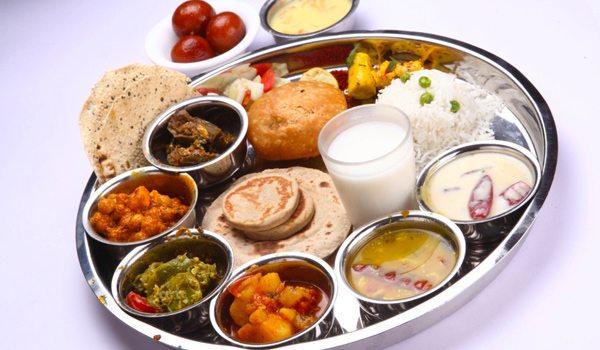The Importance Of Pulses In Gujarati Cuisine

Pulses form a staple part of the Indian diet. Comforting, wholesome and packed with nutritious components from protein and fibre to essential vitamins and minerals; pulses are cheap, cheerful and keep hunger at bay. They also play a key role in a great number of vegetarian recipes – just as well seeing as India supports a substantial vegetarian population due to its Hindu and Jain citizens. However, even meat-eaters can enjoy pulse dishes – the numerous dalsthat are an essential part of any Indian thali make an excellent side dish as well as substantial main. There is a very good reason that dals are an essential dish on any curry house or Indian takeaway menu here in the UK – the creamy blend of lentils, beans, spices and ghee make for a winning combination.
However, dal may be delicious, but it would be incorrect to assume that this is all pulses are good for. In the Indian state of Gujarat, there are a vast number of dishes based around pulses that form a part of the daily diet of the people. Some of the dishes might even have hidden pulses involved with flours made from chickpeas or snacks fried in lentil batter. Pulses are everywhere on the culinary landscape in this part of India whether in the form of lentils, chickpeas, mung beans, kidney beans or the whole host of peas that can be found in the Indian larder.

In Gujarat, dishes are often referred to as ‘wet’ or ‘dry’. Dal would count as a wet dish due to the gravy which works well when served with a fluffy portion of absorbent rice – in fact, any dish featuring featuring both gravy and split pulses in Gujarat is likely to be called a ‘dal’. In comparison, a dry curry featuring pulses and fried with a selection of spices is known as ‘kathor’ in Gujarati.
It isn’t just savoury Gujarati dishes where pulses raise their heads. Those with a sweet tooth will delight at the spread of sweetmeats offered in Gujarat though they might be surprised to learn that pulses are included in these sugary treats. Besan, a chickpea flour is used to create Indian flatbreads and dishes including sev, pakoras, khadi, khandvi and puda, just to name a few. Pulses are also sometimes mashed into a paste and mixed into cooked rice to form the batter required for those south Indian favourites – idli and dosas.
From lentils to mung beans, from urad dal to toor dal – the range of pulses put to good use in the Gujarat is extensive and fascinating. Fortunately enough, you don’t need to travel all the way to India in order to sample recipes based on these versatile little ingredients. Instead, pay a visit to Veeraswamy, one of London’s best Indian fine dining restaurants and experience a range of dishes inspired by the traditional recipes of India. Veeraswamy takes its influence from many different regions of the sub-continent – order a pulse-based dish as a main, side or part of a sharing spread. Why let Gujarat have all the fun?
